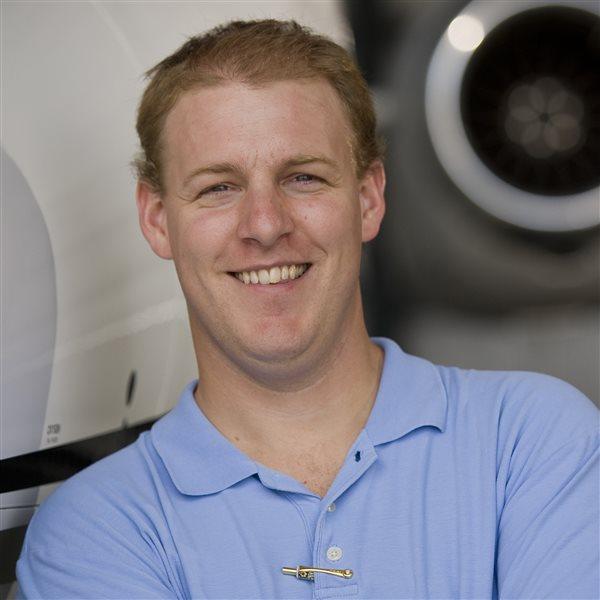One of the challenges in transitioning from airplanes to helicopters is changing your definition of what constitutes a place to land. For the vast majority of airplanes on wheels, that’s an airport (some would say a nice, long paved one at that). For helicopter pilots, the world is their playground.
Logbook
Hours: 11.8
Maneuvers: Steep approaches, maximum-performance takeoffs
Last time I talked about maximum performance takeoffs and steep approaches. These maneuvers translate directly to many of the takeoffs and landings off-airport where obstacles might be present. Helicopter pilots call these confined-area operations.
My first experience in confined-area operations was at an abandoned parking lot at a warehouse. Trees surrounded the lot, and a few light poles remained. While certainly not the airport, it was comfortable enough to get in and out without too much of a sweat.
Operations off-airport are done in a very systematic way. Everyone from a student pilot up to the most experienced medevac crew uses a defined checklist before trying the approach. We used two reconnaissance passes to assess the spot—one at 600 feet agl and one at 300 feet. During the passes we went through a pneumonic checklist called WWOTFEEL.
W – Wires, a helicopter pilot’s worst nightmare
W – Winds, assessed from a local source if possible
O – Obstacles, such as trees, buildings, and so on
T – Turbulence, as in the expectation of mechanical turbulence from obstructions
F – Forced landing area
E – Entry, from what direction will the approach be made
E – Exit, how will the aircraft leave, and will it be able to
L – Landing spot, clear of debris and large enough
Sometimes the spot is so tight the pilot or a crewmember looks back to confirm the tail is clear of any obstacles. I was under the impression that was only for medevac pilots, but our second confined-area takeoff and landing was to a spot so small I thought my instructor Otto was kidding when he suggested it. What I saw as a jogging path he saw as a nice place to set down for a few minutes.
The question that always comes up with these types of takeoffs and landings is the legality of landing where and when you please. Airplane pilots rightfully don’t consider landing in shopping mall parking lots like a helicopter pilot might. We’re all governed by the same rules though. If you were to read the regulations cover to cover (which, incidentally I don’t recommend unless you are hopped up on caffeine and trying to sleep), you wouldn’t find anything that says we must land at a designated landing site. This is how pilots in Alaska fly off gravel bars and seaplane pilots land on lakes. So long as there isn’t a local or state ordinance prohibiting aircraft from landing in an area, it’s generally up to the land owner. Given the small area a helicopter can operate in, that theoretically makes it possible to keep one at your suburban house.
When your landing spot is defined more or less by the diameter of your rotor blades, length of your tail boom, and your own skill, the possibilities become very interesting.
Read all the stories in the Rotorcraft Rookie series.
Next time: Night flight.



